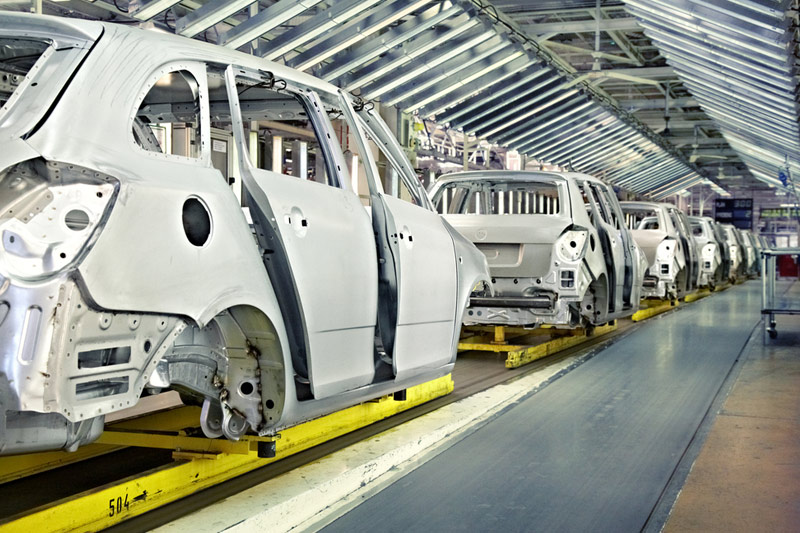By Maria Gallucci - Natural rubber supplies ballooned in recent years as Asian producers cranked up the tree taps and consumers curbed their demand. Now, the glut appears ready to pop. The global surplus is poised to shrink by nearly 50 percent in 2015 as the trends reverse, according to the International Rubber Study Group.
Rubber production will exceed demand by 202,000 metric tons next year, compared to 371,000 tons this year and 650,000 tons in 2013, the Singapore-based inter-governmental group confirmed to Bloomberg News. Actual inventories of rubber are still expected to grow.
Harvesting rubber, a $25 billion industry, is still a fairly low-tech business. Farmers cut through the tree’s bark – though not deep enough to slash the trunk – to access the milky white latex, which flows through a spout and drips into a bucket hanging off the tree. The rubber is primarily used to make automotive and airplane tires, and it also supplies the latex for surgical gloves and condoms. About 70 percent of the world’s supplies comes from Thailand, Indonesia and Malaysia, and most producers are small-scale farmers.
Three years ago, record-high rubber prices drove producers to ramp up their output. But as more product hit the market, China – the world’s top rubber buyer – experienced an economic slowdown, and new Chinese car sales dropped. The resulting rubber glut caused futures prices to drop 28 percent this year, hitting the lowest level in nearly five years in June, Bloomberg reported.
In response to low prices, producers are tempering their activity at the taps – all while China regains its automotive appetite.
Global vehicle production is slated to rise by 21 million unites to 106 million units per year by 2021, with China making up half the growth, according to ISH Global Insight’s automotive forecasting arm. "If we turn the focus to China and emerging Asia we are bombarded by announcements that capacity will be increased,” Mark Fulthorpe, director of ISH’s global vehicle production forecasting, told CNBC this spring. About 70 percent of rubber consumed in China is used to make tires for lightweight vehicles.
The rubber surplus could shrink even further as some producing countries diminish their domestic industries.

In Thailand, the top grower and exporter of rubber, government officials want to replace about 8 percent of the country’s total rubber-growing area with more profitable oil palm trees, the Wall Street Journal reported last week. While rubber trees need about seven years to reach a rubber-tapping stage, oil palms can be harvested within three or four years of planting, giving them a quicker return. “Many farmers have already stopped tapping rubber trees as the returns are poor. Palm oil will provide better returns,” Pongsak Kerdvongbundit, managing director at Von Bundit Co., one of Thailand's biggest rubber exporters, told WSJ.
Even so, total rubber inventories will jump to 4.33 million tons in 2015, about 15 percent more than 2014’s expected total and about 50 percent over 2013 amounts, The Rubber Economist Ltd. projects, Bloomberg noted.
